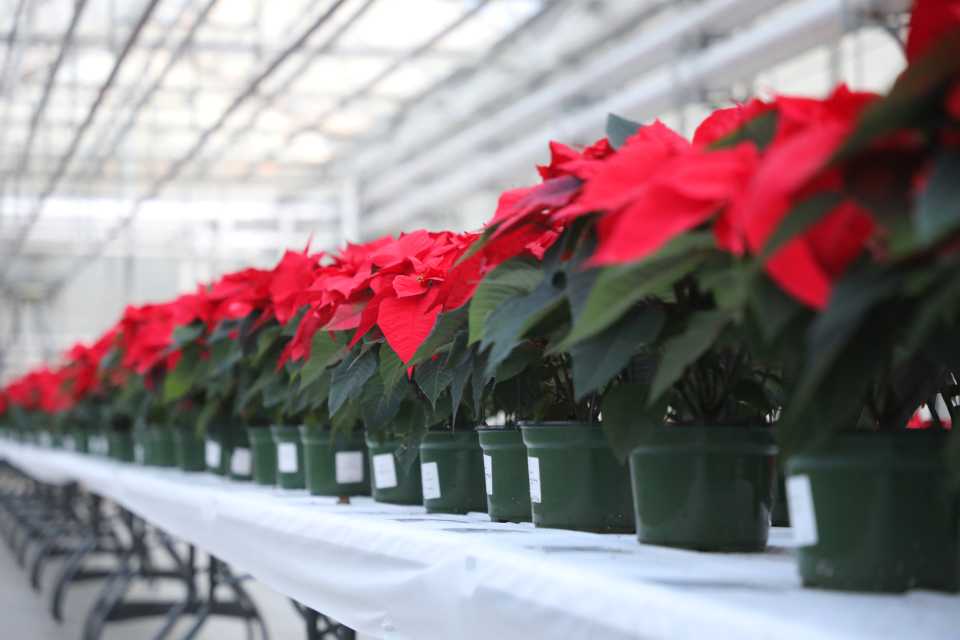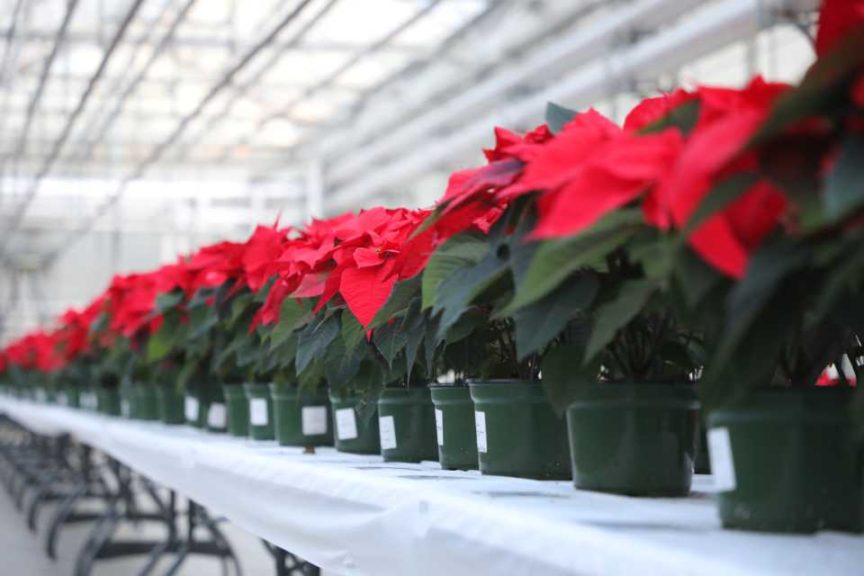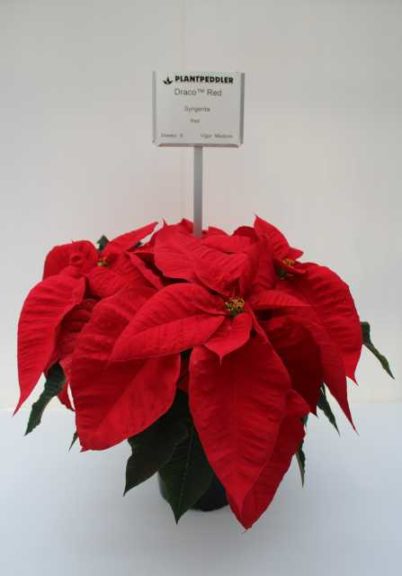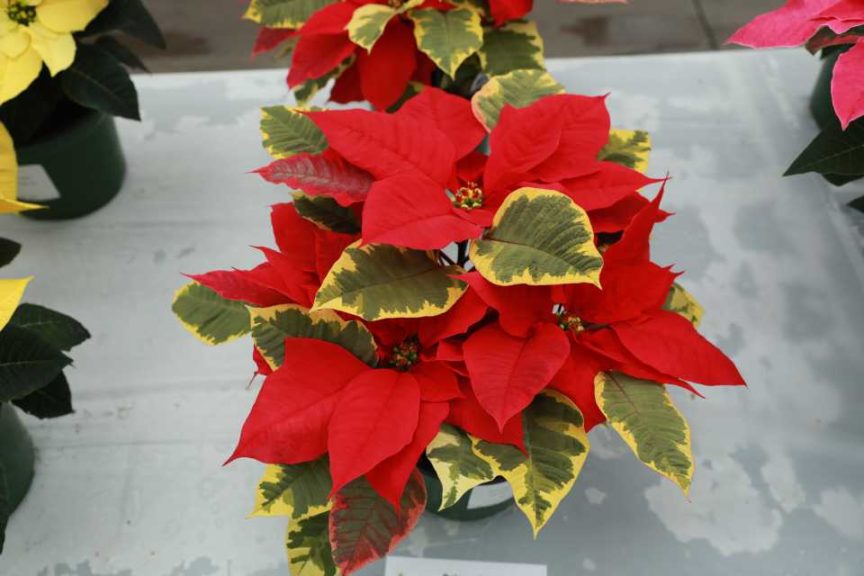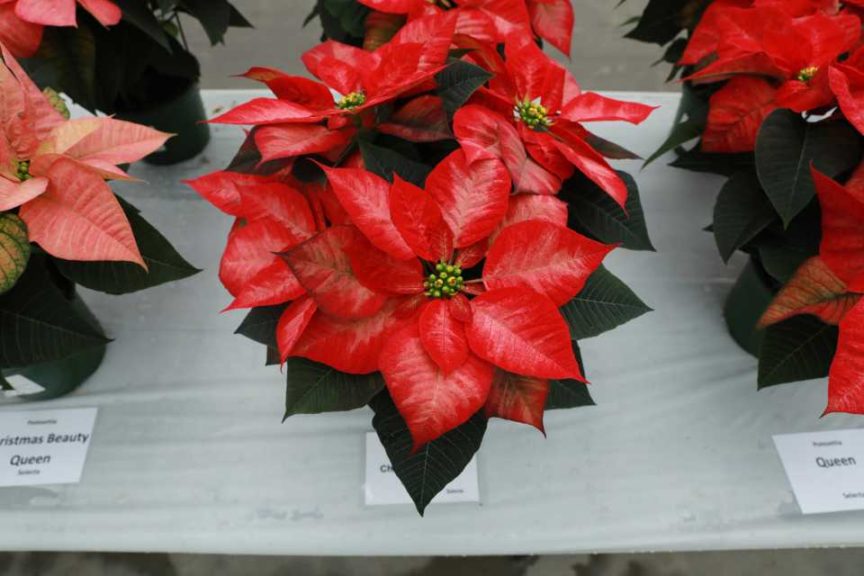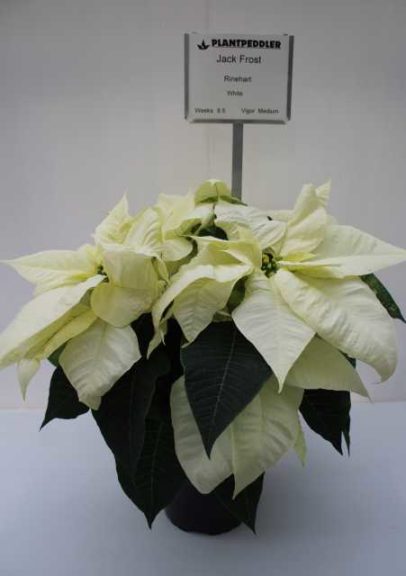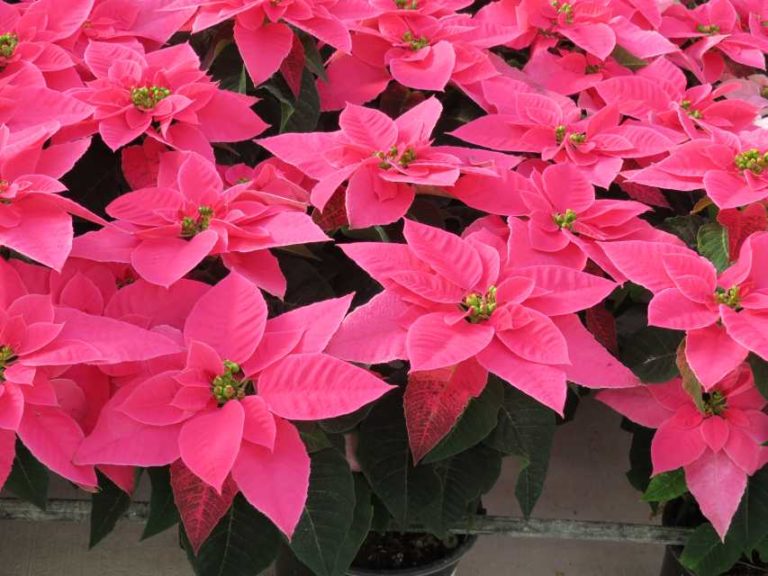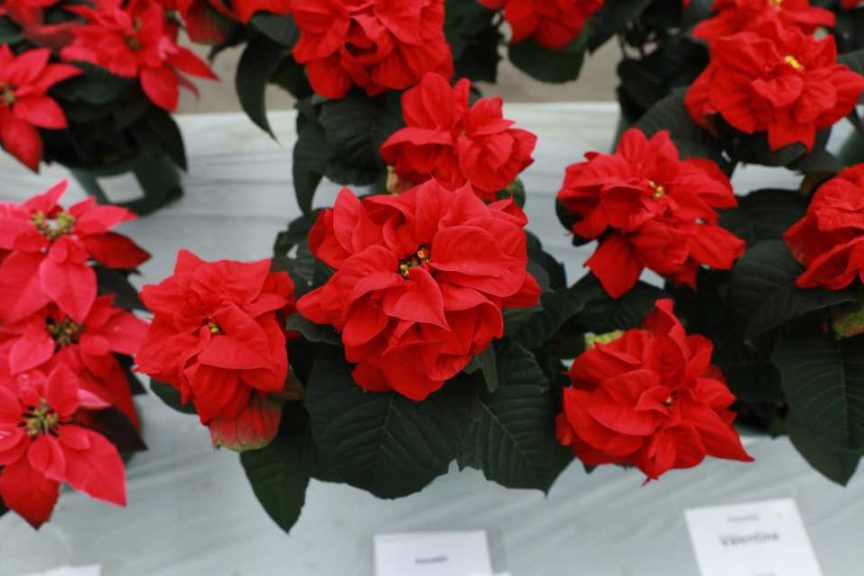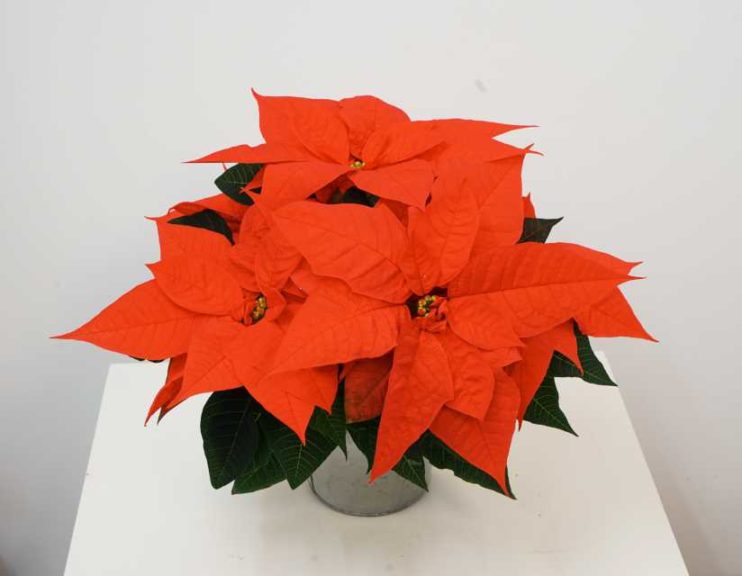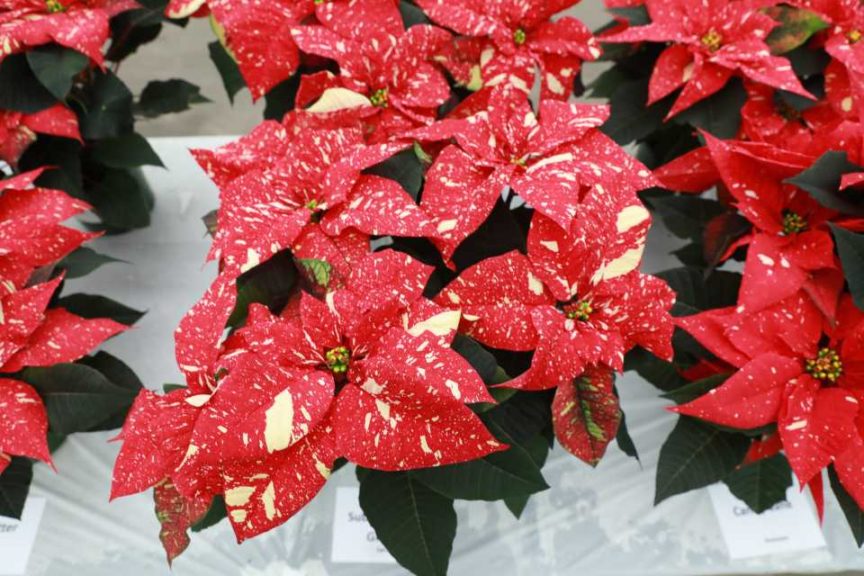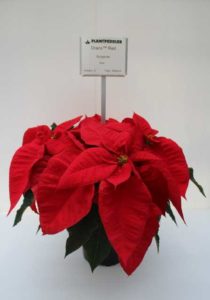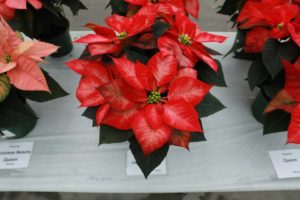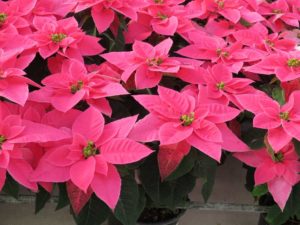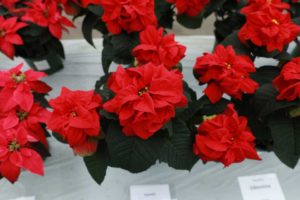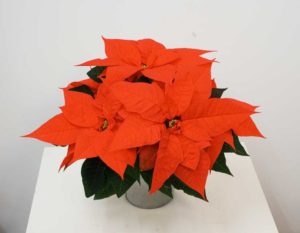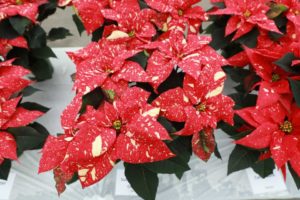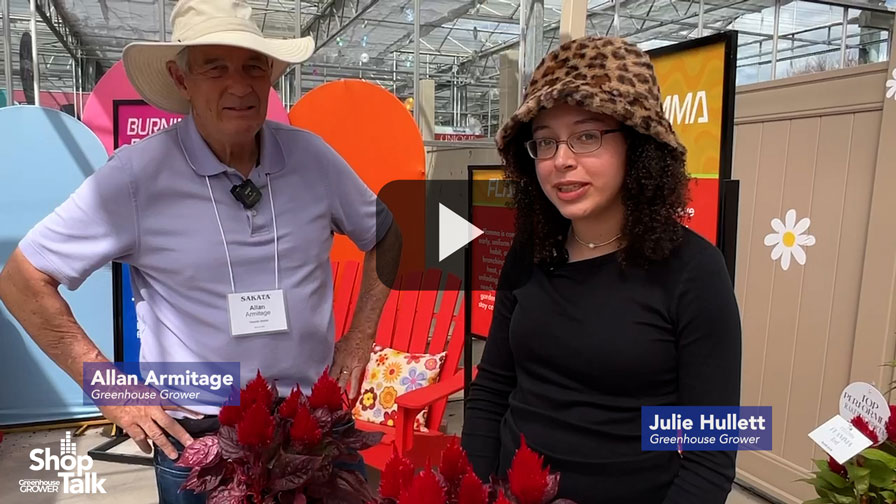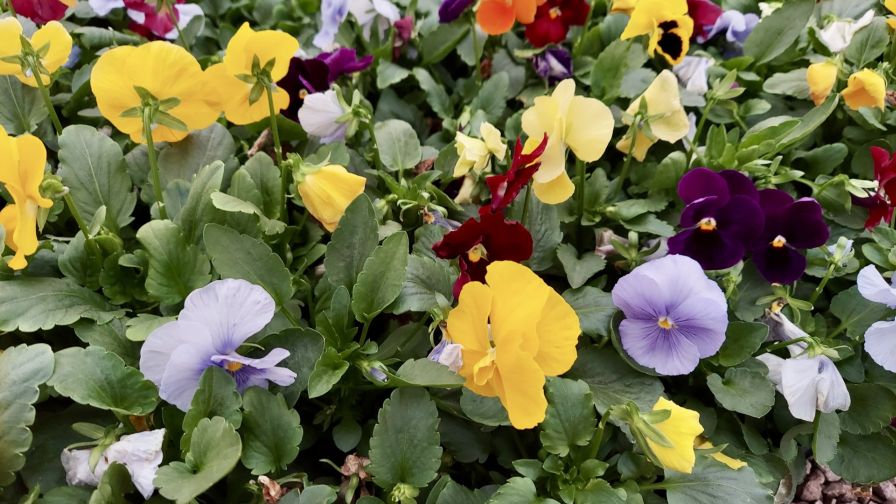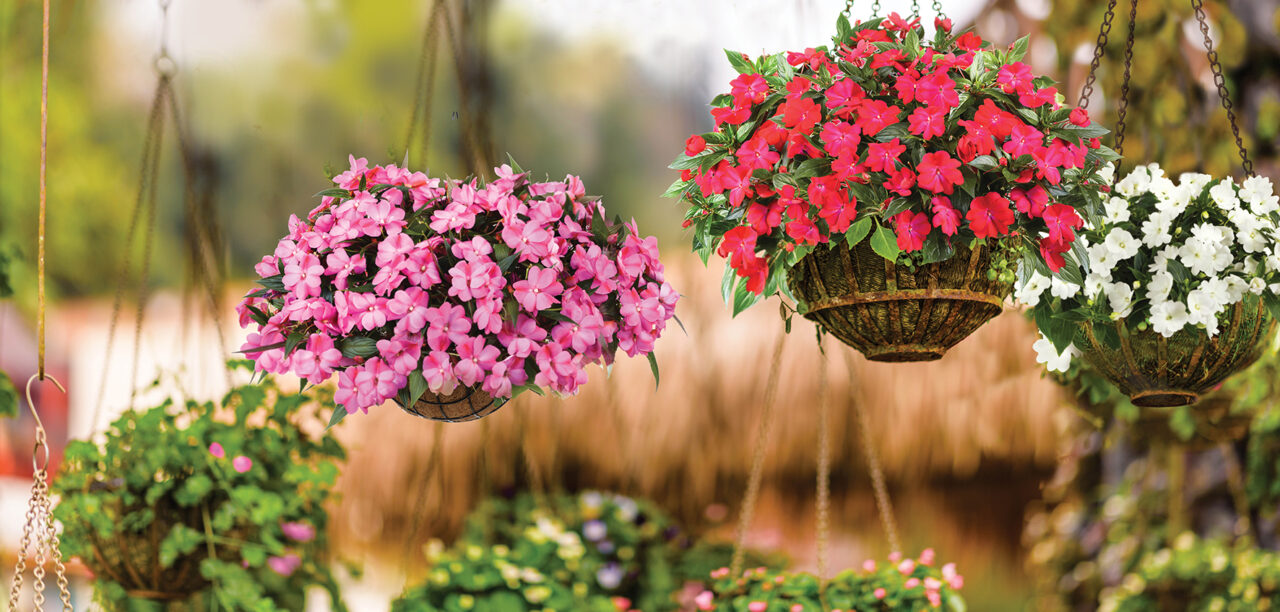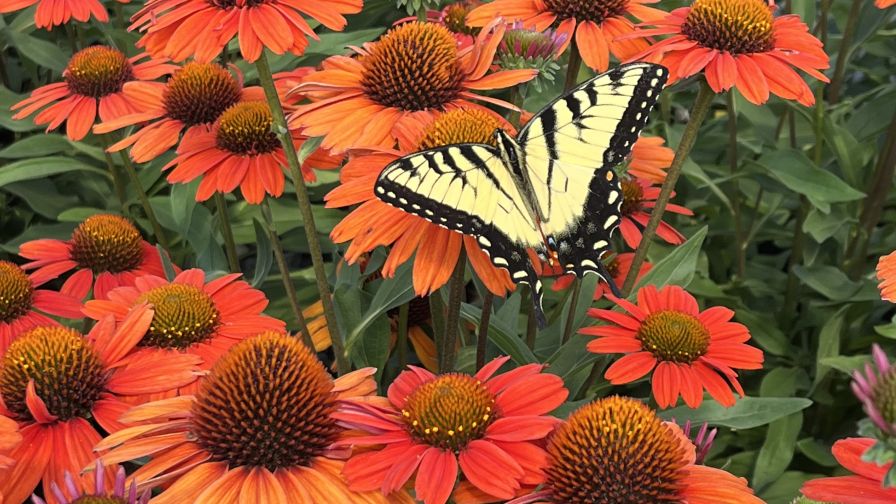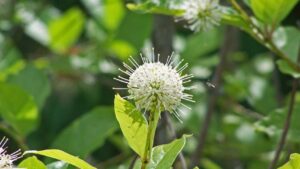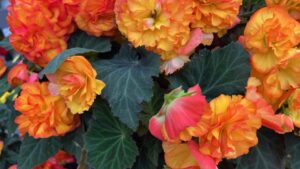Poinsettia Varieties That Can Help Growers Be on Point in 2021
Poinsettias are the queen of the Christmas holiday crops, and consumers are purchasing more of them than ever before. Sales in 2019 were over $153 million, which is slightly up from 2018 sales that fell just short of $149 million, according to the 2019 USDA Floriculture Crops Summary.
Growers reported decent poinsettia sales in 2020 for most areas of the country, despite the complications resulting from the COVID-19 pandemic. Fundraiser and event sales, however, took some hits thanks to the pandemic, but growers expect those sales to rebound in 2021 once COVID-19 is under control.
Overall, less growers are producing poinsettias. Yet, production numbers remain comparatively the same year over year, as any market share left behind is snapped up by the remaining players, which are usually larger growers. Some smaller growers who feel the crop’s demands and the low margins just aren’t worth the trouble anymore have dropped poinsettia production all together.
A Competitive Market Calls for Diversity
With the competitive landscape of the poinsettia market running tight, more growers are steering away from 6-inch pots in favor of unique offerings that stand out from the mass of commodity offerings. They’re offering more premium products such as multiple poinsettia plants in upscale containers or combination planters that mix poinsettias with other plants such as conifer branches, dusty miller, white moth orchids, and amaryllis. Painted poinsettias in a range of colors and designs also continue to grow in popularity. If anything, this differentiation, away from the 6-inch poinsettia pot and other traditional products, is a good direction to head for a market in desperate need of a shake-up that results in more product variety and better prices.
One of the challenges with poinsettia varieties is successful marketing efforts have pigeon-holed them into the winter holiday category, and that’s what consumers often associate them with. The same type of marketing efforts will be needed to open consumers’ eyes to other possibilities. For example, some of the pinks and reds available now could be used for decorating around Valentine’s Day or possibly as cut flowers in arrangements. The gold-toned and orange poinsettias could fit well into fall decorating schemes.
Color is Still King
Color has always been a driving factor with poinsettia varieties breeding, and that has never been more evident with the newer selections we are seeing on the market (check out the slideshow above for a few examples). The whites are getting clearer and the salmon-colored pinks are drawing closer to a true pink. Maroon and crimson colors have better pigmentation and saturated color that doesn’t gray out. Most notable, new color categories such as orange and yellow poinsettias with both vivid and soft coloration are joining the traditional red and white selections. Despite some new color choices, red-colored poinsettias continue to be the most popular with consumers. Breeders are starting to focus on achieving a greater contrast between the modified color bracts and the green bracts by breeding for deeper greens that help the red, pink, and white colors pop on the retail shelf.
Mike Gooder, Owner of Plantpeddler in Cresco, IA, which ran poinsettia field trials this year, says breeding companies have about done it all with color and are now making more incremental improvements where poinsettia varieties genetics are concerned. For example, the bracts on the newer white poinsettias aren’t as paper-thin as they have been in the past. Gooder predicts that pink is the color class poinsettia breeders will address next and that no-pinch poinsettias will be the next big thing.
The most important take-away for growers, Gooder says, is to get to know their poinsettia genetics.
“It’s not one size fits all anymore,” he says. “There is something out there for everyone, and it’s easier to slot a variety in to fit a niche.”
No matter what region of the country you are growing in or how early you want your poinsettia crop in color, there are plenty of new poinsettias to choose from for growing in 2021. Grower-run poinsettia trials held in 2020 at operations such as Plantpeddler (Cresco, IA), Mitchell’s Nursery and Greenhouse (King, NC), Lucas Greenhouses (Monroeville, NJ), and N.G. Heimos/Millstadt Young Plants (Millstadt, IL), highlighted plant performance on the bench for new genetics from Beekenkamp, Dümmen Orange, Lazzeri, Rinehart Poinsettias, Selecta, Suntory Flowers, and Syngenta Flowers. Thanks to these trials and others, we’re getting a good idea of what poinsettias might show up on benches this year. Here’s a small taste of some of the trial plants from Plantpeddler and Lucas Greenhouses.





